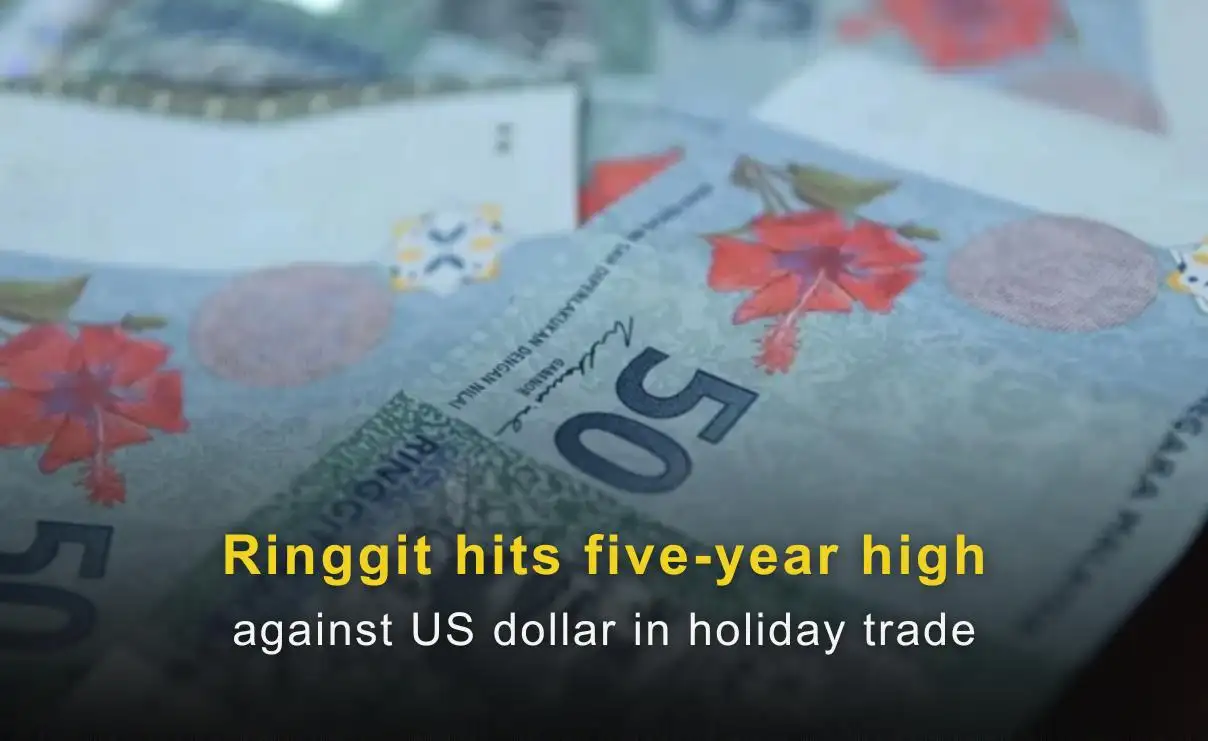Abstract:The phenomenon known as "stop loss hunting" is often discussed among traders when describing market price movements, especially when trades don't go as planned. Traders may exclaim, "They got my stop loss!" However, it's important to understand stop loss hunting in a more precise manner to effectively manage risk and develop trading strategies.

The phenomenon known as “stop loss hunting” is often discussed among traders when describing market price movements, especially when trades don't go as planned. Traders may exclaim, “They got my stop loss!” However, it's important to understand stop loss hunting in a more precise manner to effectively manage risk and develop trading strategies.
While not all market movements can be attributed to stop loss hunting, it is beneficial for traders to grasp its rationale and mechanics. Stop-loss hunting is the act of deliberately triggering stop-loss orders, and although its existence is real, its impact is often more nuanced in financial markets. Liquidity providers are obligated to offer tradable prices, but they are not required to move them in a smooth and incremental manner. Stop loss hunting can be compared to gravity – invisible but with a noticeable effect.
The blame for stop-loss hunting is primarily directed at major financial institutions, including large brokers, dedicated market-making liquidity providers, and speculators. Various complex factors can cause a market to abruptly move through a technical price level, but it is rarely intended to target individual clients with stop-loss orders. However, powerful financial entities possess the resources to temporarily disrupt the market by pushing prices to levels where they anticipate triggering many stops placed by traders.
Stop loss hunting aims to eliminate active positions from the market and can weaken established support and resistance levels. Market makers may engage in this practice to generate profits and protect their positions against developing trends. Forex and commodities are two asset classes that are particularly susceptible to stop loss hunting, but it can also occur in other markets where derivatives allow for long and short positions.
Stop-loss orders are utilized by a wide range of speculators, both large and small, including day traders who use them to manage risk and protect against sudden trend reversals. Day traders often choose stop-loss levels based on technical indicators that have shown durable support or resistance within a specific timeframe.
The financial markets are filled with stop-loss orders, and institutional players, even without access to brokers' order books, have a good understanding of potential accumulation points where client stop losses are likely to be placed. Market-making brokerage firms that find themselves imbalanced in terms of risk exposure (either long or short) may have the incentive to eliminate positions and ensure financial stability. However, it's crucial to note that such actions can create unwarranted anxiety among small traders. While brokers with a significant institutional presence theoretically have the ability to engage in stop-loss hunting, it is important to recognize that not all institutions employ these practices and resort to them only when necessary.










